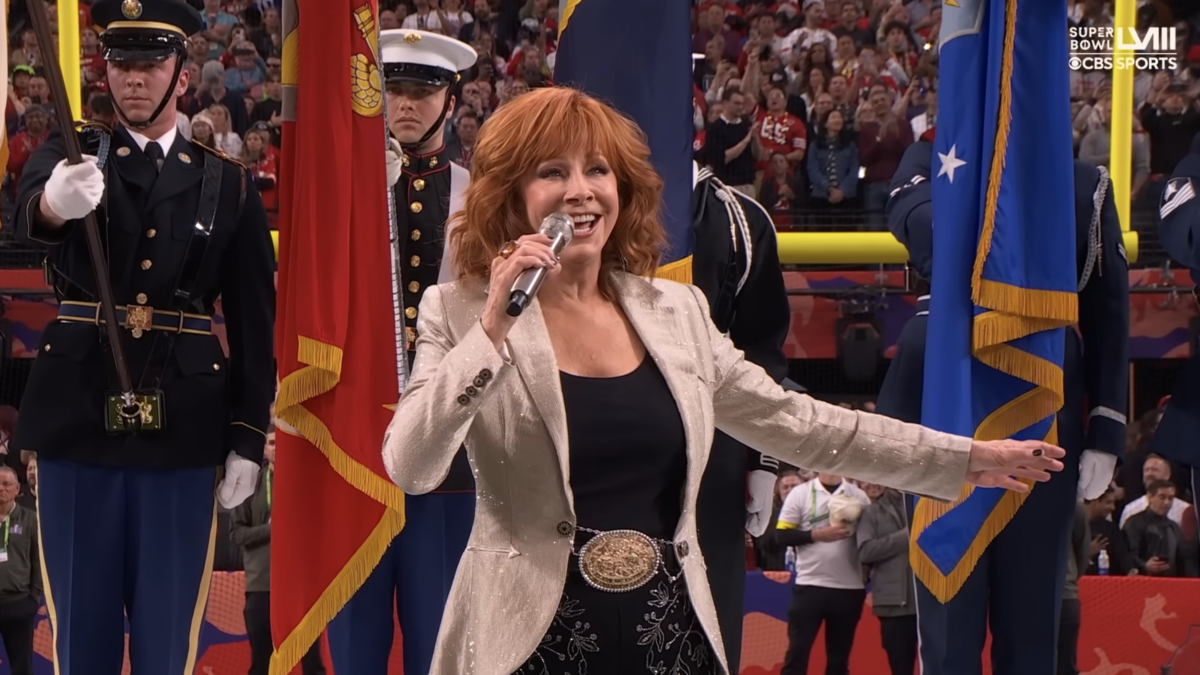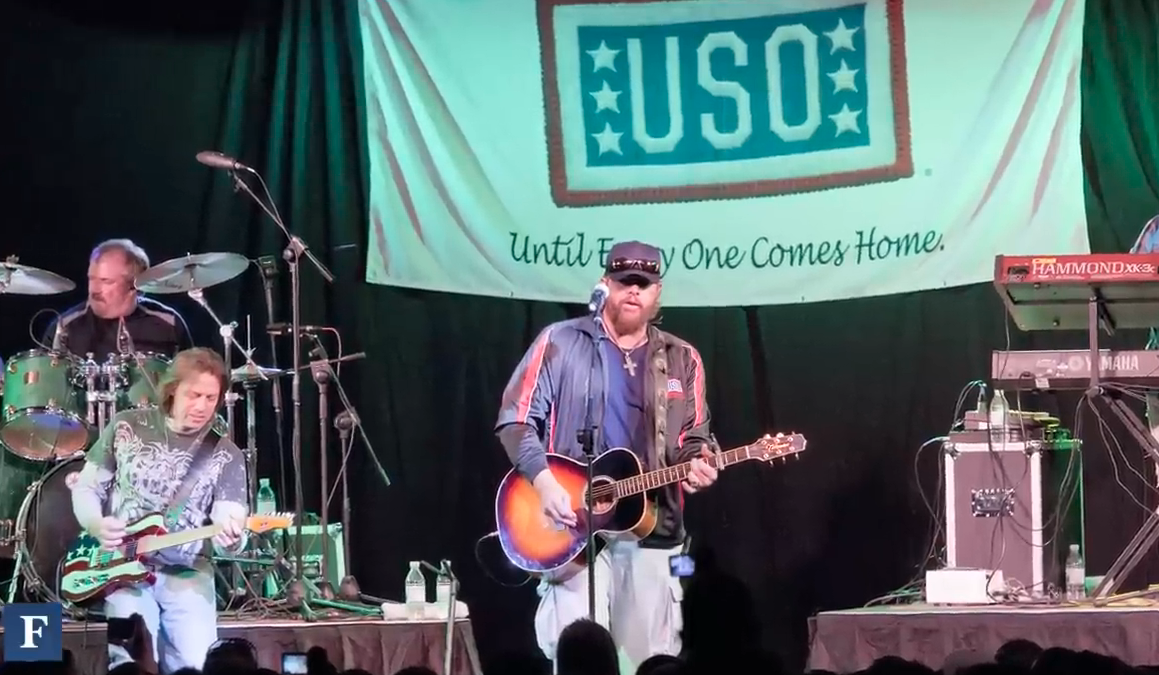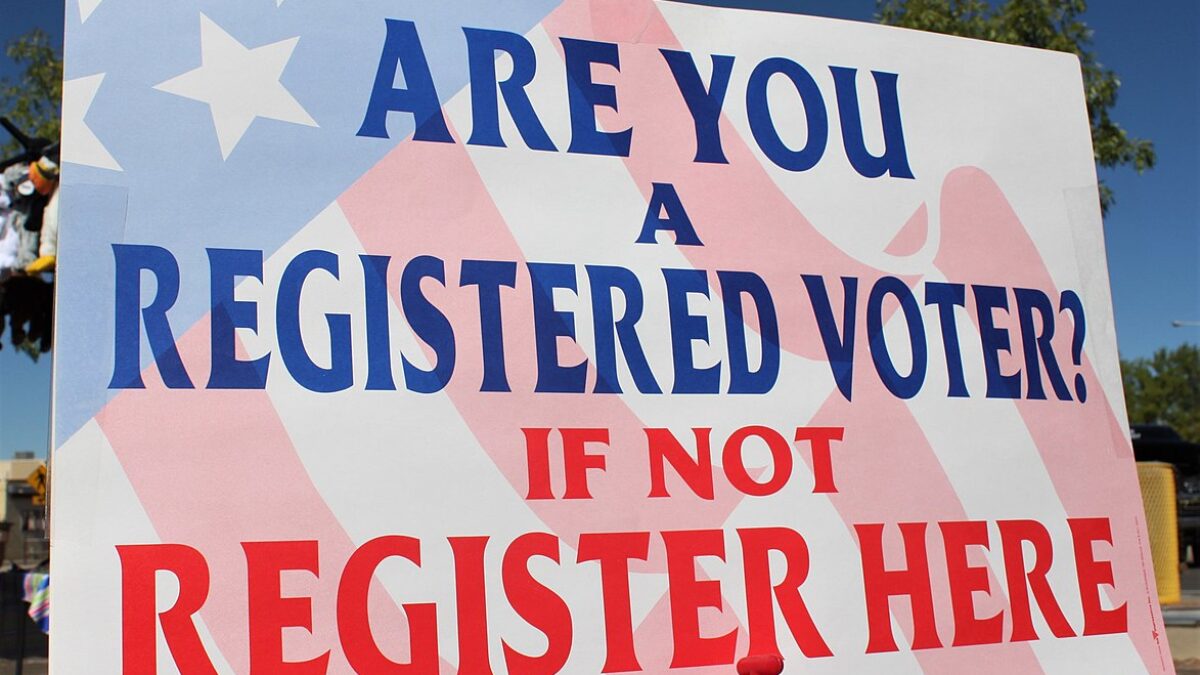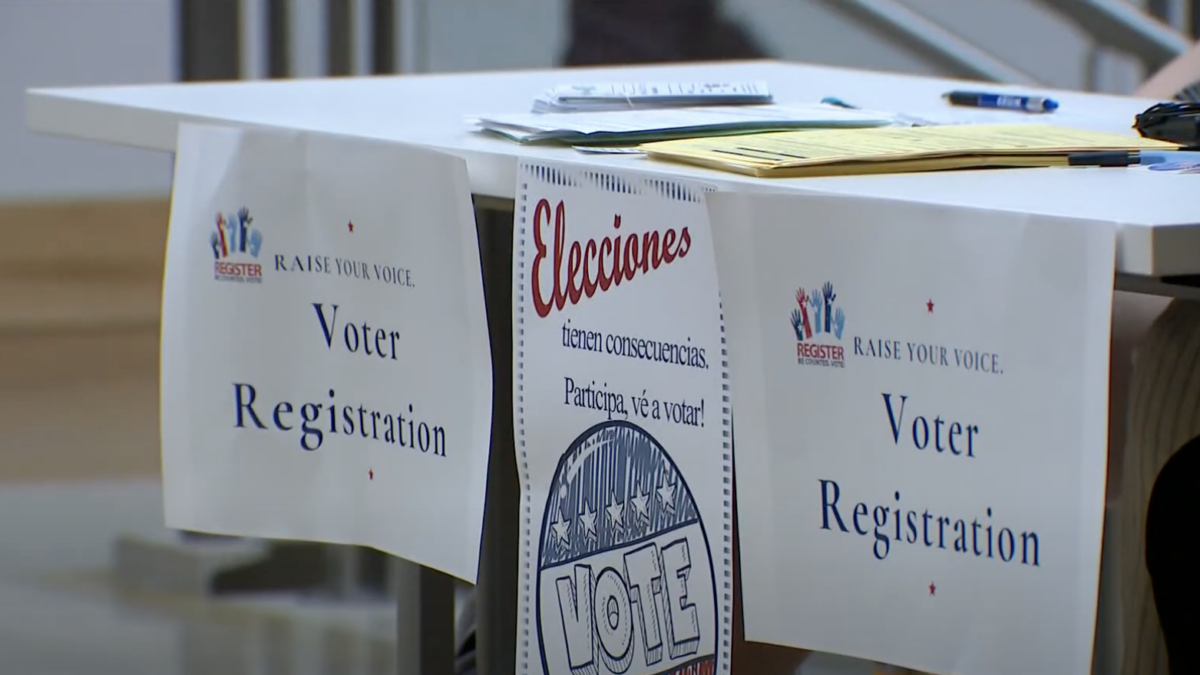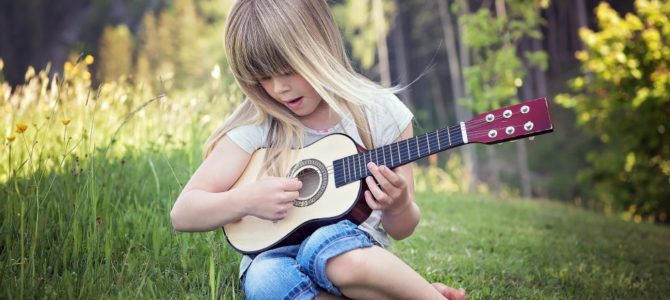
Just as what you feed your baby (and eat while pregnant) trains her palate toward good food or junk food for life, what your baby sees and hears does the same for her artistic tastes. Kids raised on mental junk food have a harder time developing an understanding of and affinity for more complex, subtle, and nourishing brain foods later in life.
Many parents nowadays pay immense attention to their children’s physical diet and environment, driving purchases of BPA-free everything and even organic cotton and wool clothing. While there may be nothing wrong with this, and of course human bodies deserve good care and attention, parents should also consider that their child’s spirit requires the same, if not higher, attention and prioritization.
Yes, children’s music and television are infected with social justice lies and outright perversity now. For example, Raffi re-recorded a version of “Baby Beluga” that tells toddlers, “Grown-up beluga, sing a song of peace. Sing a song of diversity, child-honouring, social justice, climate action. We need to hear you.” Ridiculous garbage like this, however, is just the tip of the iceberg.
Perhaps worse than trite politicization of classic tunes is failing to pass on the wealth of a child’s musical heritage, failing to set him up for increased musical understanding and enjoyment as he grows, and training a child’s taste to prefer bad music. I would go so far as to say that if your 8-year-old knows no folk songs and prefers vacuous rock or pop music complete with pelvic thrusts, it’s time for an intervention.
That’s something you can work on together positively. Most people simply have never had anyone attempt to cultivate and elevate their musical taste, and have never been exposed to the great variety of ways to evaluate art and make judgments about it. As with many other things in life you may have missed out on in your own formative years, parenting offers a wonderful opportunity to go back and relearn or deepen yourself while also enriching your child.
Your child’s existence is an opportunity to craft better selves together. It is also an opportunity to pass on the good others have given you. With those ideas in mind, here’s a selection of good children’s music to sample together. To help you understand established parameters for musical taste to pass on to your children, I recommend the composer Aaron Copland’s brief book, “What to Listen for in Music,” as well as Roger Scruton’s “Understanding Music: Philosophy and Interpretation.”
Nursery Rhymes and Mother Goose
I’ve bought a huge selection of Mother Goose books over the years because I am a book hoarder and don’t trust today’s conventional wisdom. As one can see by a browse through the children’s selection of a major bookstore, the people now selecting and writing kids’ books and poetry are very often racists (i.e. make decisions based on skin color), which is a major strike against their overall judgment. So you need to develop your own independent judgment, and your child’s.
Reading through the more extensive and historical Mother Goose collections with my kiddos has taught me that most of the ones you have heard of are the best ones. In the Mother Goose poems that aren’t sampled as often, the meter and rhyme scheme is more often off, the themes can be weirder and more niche, and so forth. Mother Goose is in fact a great example of how cultures prune and cultivate as they move along.
That alone makes several Mother Goose collections a good idea for both your child’s book and music library. But the real treasure of Mother Goose for the very young child, I think, is its orality. It matches exactly where children are developmentally focused in their early years. And language development is one of the key foundations for a child’s intelligence, relationships, and communication abilities for life.
This is simply because, as the language master E.D. Hirsch has long pointed out, words stand for things. The more words a person knows, the more ideas and things he has encountered and the richer the opportunities to develop his understanding and inner life. The more you can increase a child’s language facility, the more vistas of life you open to his understanding.
What Mother Goose does for a baby or small child is help extend and guide that developing facility with words, with sounds, and with the various intricacies of language and sound such as alliteration, rhyming, meter, and so forth. It is a musical use of language, and as such, many Mother Goose rhymes have tunes for them. This reinforces the interplay between language and music, such as accents and rhythm. It is also the perfect introduction to poetry, which really is word music anyway.
One of my favorite Mother Goose audio collections is the Wee Sing set. Their other kids’ albums are worth getting also. Smithsonian Folkways has a good starter Mother Goose collection.
Also check out this free and extended playlist of beginning rhymes and fingerplays recommended by my children’s excellent music teacher, who also teaches toddler and baby classes. These include many Mother Goose selections as well as many interactive parent-child rhymes and songs. Here is the follow-up playlist, and the third in the series.
This three-CD collection also contains many classic children’s favorites.
Folk Songs
Folk cultures the world over have been bulldozed over the past two centuries, erased by the mass popular global culture fomented by television and advertising. That doesn’t mean that you can’t still tap into those deep roots of culture, and for both your child’s sake and yours, you definitely should.
Folk songs are more complex, beautiful, rich, and variegated than mass popular music. They pass down timeless wisdom, humor, and musicality. Their lyrics, which are often stories, develop attention spans, attentiveness, subtlety, and a much, much broader subject matter than pop music, and the music offers a greater variety of musical patterns.
Folk music has inspired amazing composers and musicians from Bela Bartok to the Beatles. This is source material your children’s ears and minds will be enriched to encounter. For more about the key importance of folk music to developing musical taste and literacy, start here.
The United States and the West have deep wells of folk music. Just about everyone is familiar with the popularized versions from Peter, Paul and Mary, Johnny Cash, and Bob Dylan. Also try “Crawdad Hole,” “Buffalo Gals,” “Camptown Races,” “The Old Chisholm Trail,” “My Bonnie Lies Over the Ocean,” “The Farmer in the Dell,” and “This Land Is Your Land.” Several of these are on collections recommended in this article.
The Smithsonian Folkways project offers many starter folk albums for children. A few places to start: Pete Seeger’s “American Folk Songs for Children LP” and “Folk Songs for Young People,” “Woody Guthrie’s Songs to Grow On,” and the more comprehensive “Folkways Children’s Collection.”
In the 1980s, singer Larry Groce recorded American folk songs for Disney in a series now available on iTunes: volume 1, volume 2, volume 3, and volume 4. Listening to these albums “made me feel so connected to and love America. You feel like you’re part of something bigger than yourself learning these old songs,” said Federalist contributor Emily Ekins, who recommended them.
Cedarmont Kids produced this well-sung YouTube playlist of classic Americana tunes like “Yankee Doodle,” “She’ll Be Comin’ Round the Mountain,” and “Simple Gifts.” This is the kind of thing also on the Wee Sing series.
Federalist contributor Jayme Metzgar recommends this simply produced children’s music album, “You Are My Little Bird,” for parents who don’t like the overproduced, drum-heavy children’s music that tends to get children frantic instead of rhythmic. Commenters recommend musician Elizabeth Mitchell’s albums in general if you prefer that kind of clear, folksy sound.
Classical Music
One of my favorite children’s introductions to classical music is Leonard Bernstein’s “Peter and the Wolf” and “Carnival of the Animals” CD. It’s on YouTube here and you can buy hard copies here.
Bernstein’s Young People’s Concerts also remain an excellent introduction to classical music, although they are better for more elementary-age children and up, while toddlers and preschoolers can enjoy “Peter and the Wolf.” A Young People’s Concerts YouTube playlist is here; there are also DVDs available online (I prefer hard copies because digital materials can be deleted or moved at any time without warning).
Smithsonian Folkways also offers a good version of the children’s musical “The Emperor’s Nightingale,” a classic fairy tale retold by Hans Christian Andersen.
My children love the Classical Kids series, which excerpts famous works by famous classical composers into dramatized stories about their lives. Their CDs will introduce your kids to composers from Bach to Tchaikovsky. You can get everything from “The Nutcracker” to “The Story of Swan Lake” in similarly packaged musical tales from Maestro Classics, another major hit with my kids. Maestro also offers classic tales such as “Casey at the Bat” and “Mike Mulligan and His Steam Shovel.”
I also bought my kids a pile of classical music CDs at the dollar store. They were a buck apiece for collections that included excellent orchestras playing dozens of top-loved classical pieces.
Hymns and Psalms
If you don’t attend a church that regularly employs the Christian church’s historic chant tones for reading the Psalms, you’re missing out. Every Christian child deserves to be introduced to his and her rich heritage of sacred music. Whether or not your personal history includes this kind of enculturation, you can get an introduction to it with Anthony Esolen’s “Real Music.”
This first hymnal with accompanying music is from my own church body, and it is an excellent introduction to sacred Christian music that spans the ages. Because it is historically grounded, its selections draw broadly from the Western Christian tradition. Your church body should have something similar, but in my experience, those kinds of things are extremely hit or miss in terms of musical and theological quality, so pay close attention to those things before you buy.
Don’t Forget the Making Part of Music
It’s almost been lost in our era, but maybe the best part of music is having something to contribute. People tend to do that by singing, dancing, or playing an instrument.
Singing is the place to start for all of these potential musical developments. Teach your child to participate in music, to be a creator rather than a passive receiver. Start with learning the words to lovely songs and singing them together. Try to stay in tune and on beat, but don’t worry if you mess up. We all do and losing one’s self-consciousness is one of music’s blessings.
Just for Fun
Just as even the most diet-picky parents will give their children snacks and desserts, there is room in every family’s musical diet for the audible equivalent. In this vein, friends recommend The Piano Guys and musicals such as “Mary Poppins” and “The Sound of Music.”
I like to share Stevie Wonder, U2, and Frank Sinatra with my kids while I swing dance around the kitchen with them to the ballroom steps they’re learning in school. Of course, you won’t be able to help sharing your own fun music with your kids, whether that’s 1980s hair metal or bubblegum pop or — cringe! — CCM.
Everybody is going to do this with their kids, and you don’t really need any of my recommendations on that score (pun initially not intended). Just keep in mind that dessert and main dishes should be served in their proper proportions to help grow a healthy and happy kid.



